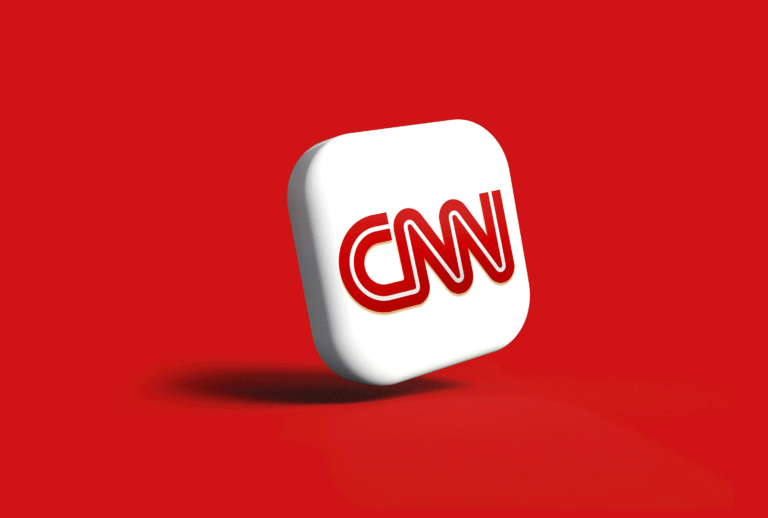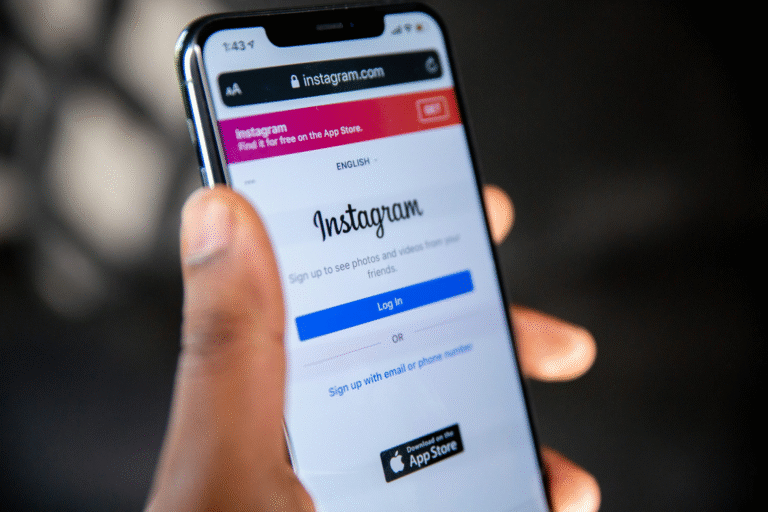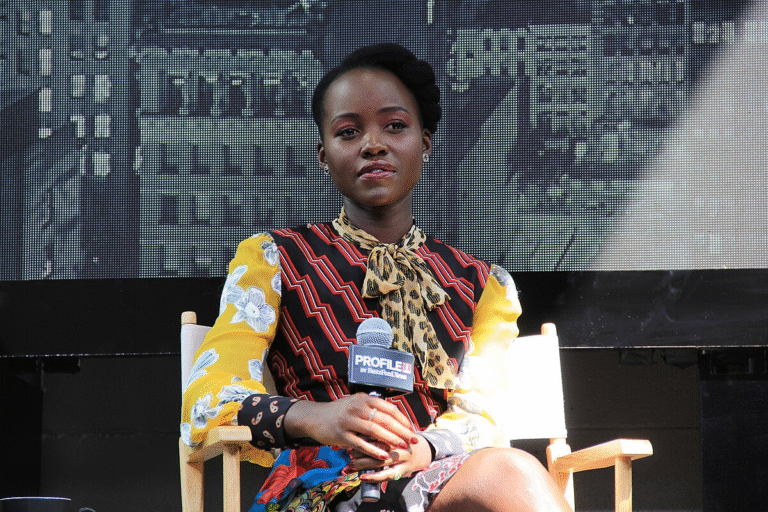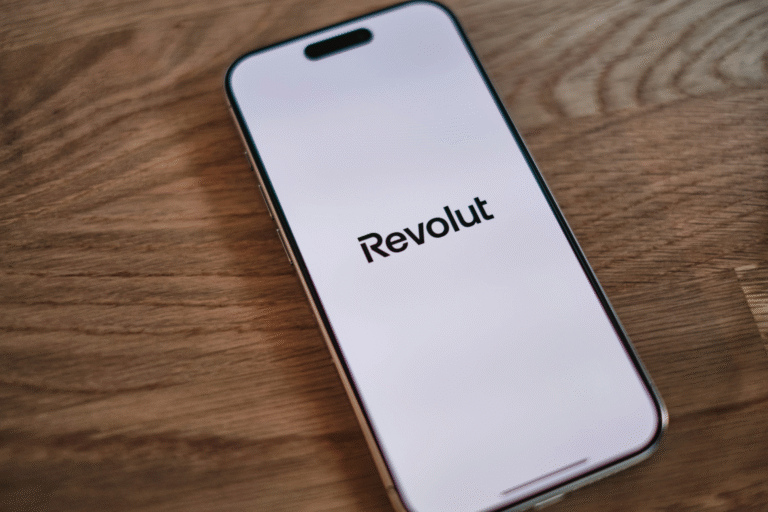Newsrooms all around the world are becoming more and more worried, especially when social networking sites change their tone, culture, and trustworthiness. This greater conflict is shown by the fact that a well-known public broadcaster has decided to pull out of X, the platform run by Elon Musk. The change may seem straightforward at first, but it has deeper meanings regarding trust, responsibility, and the changing relationship between media and digital environments. Having seen newsrooms change with many waves of technology, I can see why this moment feels so important. It sounds like a quiet but clear conversation: What does responsible journalism look like in a day where lies spread quicker than facts?
The broadcaster said it will no longer post on X since the platform no longer fits with its plan for how to share news. The reasoning was obvious and strong. The group said that the number of hostile comments and the speed at which false information propagated on the platform had gotten so bad that even their own posts were unintentionally adding to the cycle of false information. This scenario was getting harder and harder for journalists and public communicators who depend on truth and trustworthiness. They said, “The platform no longer fits our vision for how we want to share news on social media.” That one statement shows a kind of professional tiredness that happens when the digital world gets too messy to keep up with standards.
The message also made it clear that filtering answers is becoming harder. “There is a lot of hostile and false information on X, and it is not limited in any way. We also have to deal with our own messages, which makes us help propagate them without meaning to. Anyone who has worked with digital media can understand that problem. Comment sections, which are often unpredictable, may easily turn useful talks into places of anger. When detrimental stories start to spread, even good reporting might get mixed up with false information. Many newsroom strategists have been quietly talking about this: Where should journalists draw the line between getting people interested in their job and keeping it honest?

X, on the other hand, did not reply to calls for comment. The broadcaster’s account on the site attracted millions of followers. With so much reach, it’s not easy to walk away. It shows that you have confidence, but it also shows that you are willing to give up convenience for your beliefs. From what I’ve seen of media companies, these choices are usually the result of months of talks within the company. Editorial teams think about the pros and cons of leaving vs staying, and eventually they reach a point when ideals are more important than numbers.
The broadcaster made it clear that it would still be on other social media sites like TikTok, Instagram, YouTube, and WhatsApp. The choosing of these channels says a lot. Each of them has organized methods for content monitoring, clearer rules for authors, and, in many cases, younger users who actively engage with verified material. These platforms still have hazards, like every social space does, but the broadcaster seems to think that they allow for more controlled and constructive interaction than X’s less regulated place.
People have been worried about X ever since Musk bought it in 2022. He made the requirements for moderation far less strict. Some people say that this way of doing things has made it easier for false stories, conspiracy theories, and hate speech to spread. Musk, on the other hand, says that the adjustments are meant to protect free speech. Some people praise the platform as a place where free speech can thrive, while others criticize it as a place where poisonous behavior may grow uncontrolled.
What sticks out is that just a few big media companies have completely pulled out, even though there has been a lot of criticism of X. Many people still use the platform because they think that if they stop using it, they won’t be able to reach people quickly during breaking news events. You have to choose between being visible and being vulnerable. A year earlier, the Guardian made a similar choice to leave X because there was more “disturbing content,” like racist and conspiracy-driven posts. That leaving was a sign of the worries that are becoming more visible today.
There is a deeper, more human side to these choices that doesn’t show up very often in press releases. Journalists, editors, and social media administrators spend a lot of time in the darkest parts of the internet. They see hurtful comments, storms of false information, and the emotional weight that builds up over time. Working hard to make sure everything is correct and then seeing lies spread in minutes is quite draining. When businesses eventually decide to leave specific platforms, it’s usually because the stress on their personnel is too much to handle.
The change also makes people wonder what will happen to the way news is shared in the future. Will more broadcasters choose to stay away from platforms that don’t have good moderation controls? Will new networks put a higher priority on safer online spaces? Or will people finally move to places where they can rebuild trust? These are the kinds of things that make the media world today so unpredictable. A lot of digital strategists I’ve talked to have the same worry: that false information will keep changing quicker than the tools that are meant to stop it.
There is also a sense of cautious hope at the same time. When companies make smart, value-based decisions, they show that credibility is still important. Taking a step back from X may lower exposure in the near term, but it strengthens a more important idea about the kind of journalism that is worth preserving. It also makes people think about where they acquire their news and how they interact with it.












